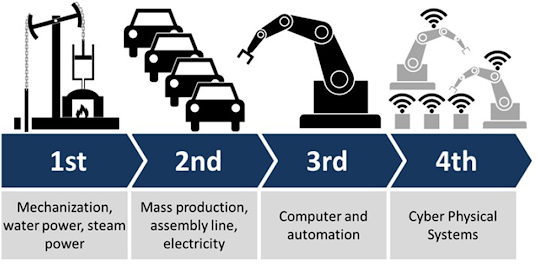Biomedical Engineering

Biomedical Engineering: Biomedical engineering ( BME ) is also known as medical en g ineering is the application of design concepts and engineering principles to biology and medicine for healthcare purposes: This can solve advanced health care treatment which includes Diagnosis Monitoring Therapy The contents which you can listen to in Biomedical Engineering are Biomedical optics bio materiel genetic engineering bio mechanics tissue engineering bioinformatics pharmaceutical engineering neural engineering Some of the examples of medical devices are Dialysis machines Pacemakers Artificial organs Dental implants etc


